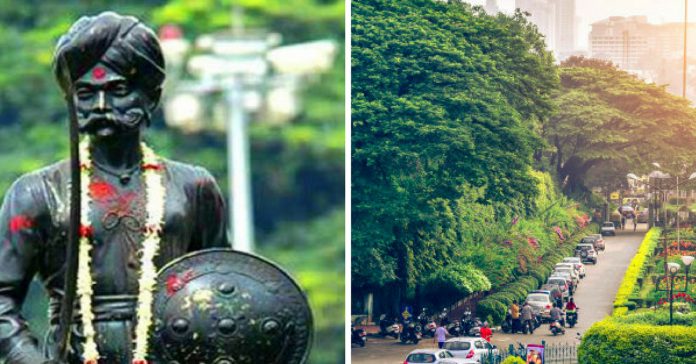
Every Indian, or individual should read the local pages of history. It will give information on your beginning of the culture, and the circumstances that shaped your ancestors into what they were. Armed with this piece of information, you can understand the reason for some of the happenings in your life. You can also decide the path you should choose for your future. If you look at the name of Bangalore then and now as Bengaluru, the name must have gone a few changes to more. From the age the city was built to the sprawling Silicon Valley of today, it is one long way. Understanding of the city’s history is necessary for any resident living in the city. Then, the city’s authority officials will feel the sense of love and pride for the city.
If you are a hardcore Kannadiga or a follower of the recent news in Bangalore, hear the name “Kempe Gowda” and you are automatically reminded of Bangalore. Largely credited as the person, who built Bangalore with a perfect plan, of late, the State Government has honored him with a Kempe Gowda Jayanthi on June 27 from the year 2017. In this article, instead of mainly focusing on his parentage and warfare details, we will focus only on 12 major contributions of Kempe Gowda To Bengaluru.
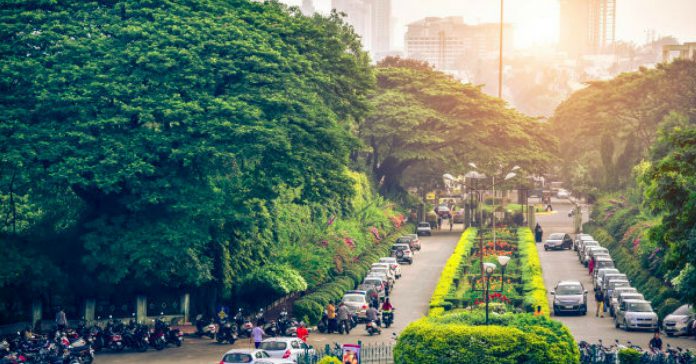
As per the history of Bangalore, told over and over again, Kempe Gowda had long visualized building a city which was a perfect enactment of proper planning with water tanks, military cantonment, and temples. He, at the same time, also wanted to provide employment opportunity for every kind of businessmen. Since he worked for the Vijayanagar Empire, he got the requisite permission to build Bangalore city in 1532.
Plan of the City
The city had eight entrance gates and wide roads. The human settlement spread over present-day Ulsoor, Malleshwaram, Yelahanka, Avenue Road. It is to the credit of Kempe Gowda, he built a number of tanks for the welfare of people.
In the first part, we will focus on the temples he has built.
1. Basavanagudi Bull Temple
The temple of Lord Shiva’s mount was built by Kempe Gowda I in the year 1537. There are numerous stories of the building of the temple. The temple is said to be one of the largest for the mount of Lord Shiva.
On the last Monday and Tuesday of Karthika Maasa (Hindu Month), a groundnut fair is regularly held in the premises of the temple. Groundnut is offered to the deity. In the local language, the fair is known as “Kadalekaayi Parishe”. The style of the temple is Dravidian and follows the architectural style of Vijayanagar. The height of the deity comes to over 15 feet and the width is 20 feet. It is located in the area of Basavanagudi.

2. Gavi Gangadareshwara Temple
You have got information about this temple in an earlier article. Although many articles say this temple was built by Kempe Gowda, the fact is it was already built in the 6th Century. It goes to the credit of Kempe Gowda that he renovated the temple and added many structures. Historians cite that he renovated the temple after being released from prison by the Vijayanagara Emperor.
However, this temple becomes very famous all over the globe in a year. In the occasion of Makara Sankranti, the sun’s rays pass via the Nandi’s horns and make its way directly to the linga. This ‘wonder’ gives us the proof of the ancient architecture.
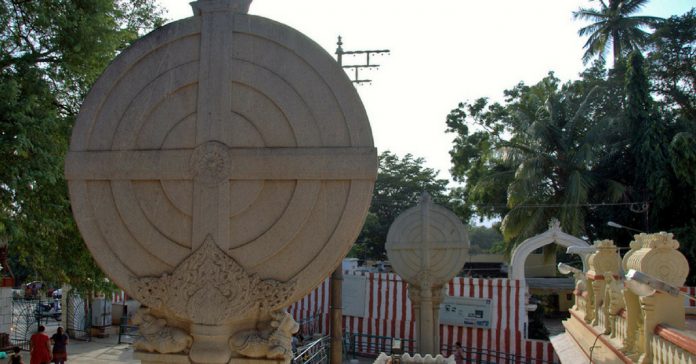
3. Ulsoor Someshwara Temple
A ruler not only builds temples but also renovates older ones. True to being a popular ruler, Kempe Gowda revamped the 1250 year- old Sri Someshwara Swamy Temple in Ulsoor. Since temples depict the culture of a place, renovating a temple can be regarded as one of the major contributions of Kempe Gowda to Bangalore.
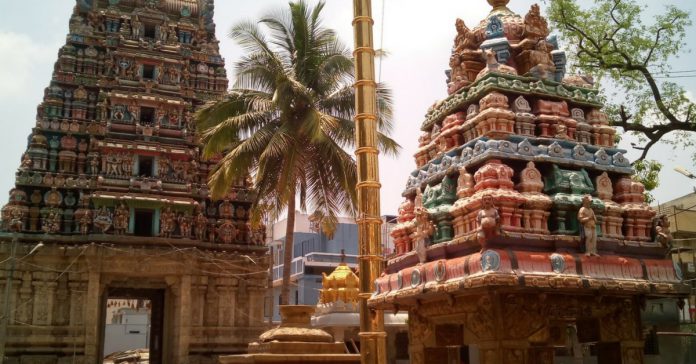
Recommended: 12 Historical Facts about Bengaluru
4. Dodda Ganesha Temple
One of the most popular temples in Bangalore. Serves as a landmark. Legend has it that the founder of Bangalore chanced on a rock containing an image of Lord Ganesha. He called the sculptors and made them carve a huge statue of Lord Ganesh from the same rock. One of the biggest Ganesh idols in the country, another attraction tends to be the Benne Alankara.
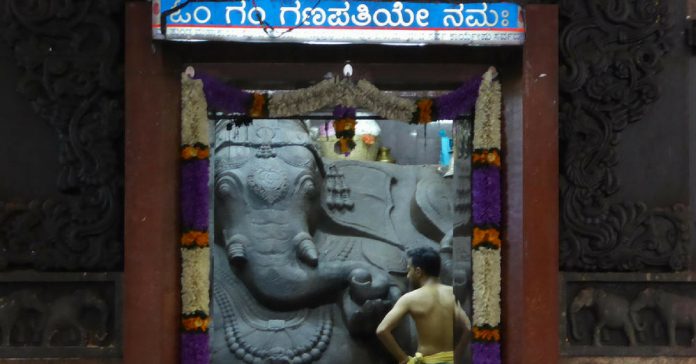
5. Lakshmamma Memorial
Only if you are a Kannadiga, you will know this tragic tale of sacrifice by Lakshmamma, one of the daughters-in-law of Kempe Gowda. While building the southern part of the fort, the wall used to collapse every time. Astrologers advised the rule on the usage of a human sacrifice, but he did not relent. The pregnant daughter-in-law of Kempe Gowda rose to the occasion and sacrificed her life. To commemorate her courage, the memorial was built which is now in 6th Block Koramangala.
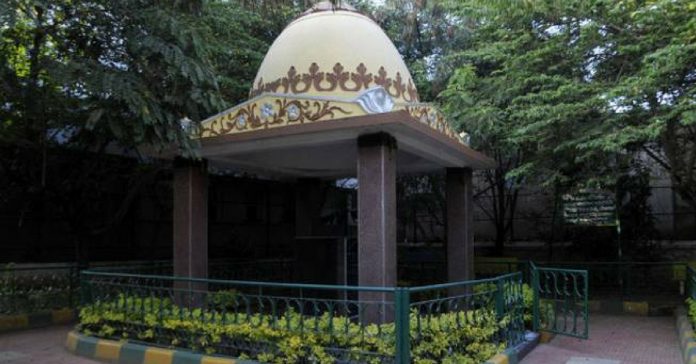
6. Dharmambudhi Lake/Kempambudhi Lake
The population of Bangalore has grown tremendously from the 1990s. The increase happened because it had transformed from a garden city to a “Silicon City.” Water problem has become rampant in some areas of Bangalore. But Kempe Gowda during his reign as ruler had constructed several keres or lakes for the welfare of citizens.
The Dharmambudhi lake, now which houses the Majestic Bus Station and the Kempambudhi lake which houses a part of K R Market are noteworthy. Mention also has to be made of Sampangi tank, Siddikatte, and Karanji Kere. If the groundwater level in Bangalore is good, then can we relate that to the foresight and contribution of the great Kempe Gowda to Bangalore?
Recommended: 12 Awesome Parks in Bangalore other than Cubbon Park and Lalbagh
7. Business
In some cities, you find shops of various categories and industry segments. But in Bangalore, the areas have clearly been demarcated. So, you find Chikpete for printing cards and wedding dresses, Avenue road for books, and Bale Pete for bangles. Kempe Gowda I clearly divided the city into sections for business. In his reign, you find that the streets of Chikkapete, Doddapete sold general merchandise. Bale Pete, Ragipete, and Akki Pete were areas for trading in ragi, rice, grain, and cotton. Kurubara Pete, Uppara Pete stood for crafts and trades. He even brought artisans from other parts of the country and made them flourish in Bangalore.
8. Four Towers of Bangalore
Kempe Gowda built four towers as the boundaries for the Bangalore City. You can find the towers near Mekhri circle underpass (first tower), Kempambudhi lake (second tower), Lalbagh (Third tower), Ulsoor lake (fourth tower). Out of the three, the fourth tower is well-maintained by the military personnel.
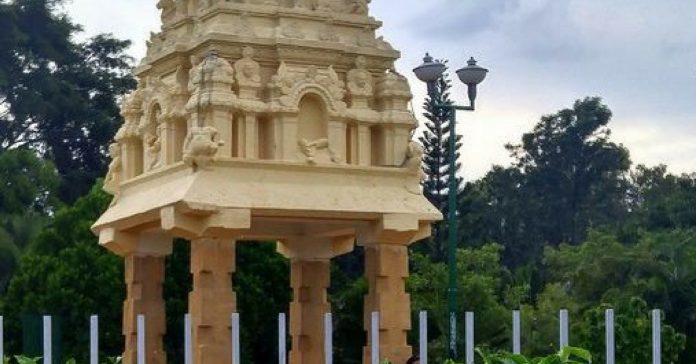
9. Recognition
It is sad that many of our legendary personalities have been forgotten. We may remember them only when we try to navigate a road which was named after a famous personality. In comparison, Kempe Gowda has been honored immensely for his contribution to Bangalore. So, you find the Kempe Gowda Bus Stations, Kempe Gowda International Airport, KIMS (Kempe Gowda Institute of Medical Studies) etc.
10. BBMP logo
The water tower built by Kempe Gowda is engraved in the logo of the Bruhat Bangalore Mahanagara Palike.
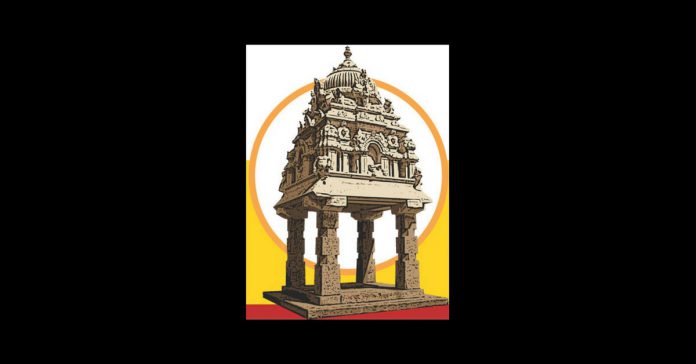
11. Fort
Kempe Gowda built a mud-brick fort in a site that will become the central part of present-day Bangalore. All the markets were around this fort, and Kempe Gowda proudly referred to this fort as the “Land of Heroes” or “Gandu Bhoomi.” Now, you can see the remnants of the same fort around Kalasipalya bus stand.
12. Why is Bangalore City popular?
If you are a hard-core Bangalorean, you will marvel at the number of technological organizations housed in the city. You have the IISc, Wipro, Mphasis, and an entire lot of organizations. But what about the city infrastructure? In some areas, when rains lash out, the streets are filled with drainage water. In few areas, residents line up to receive water from tanks. These are just a few of the problems outlined. And we speak of apps, moving to Space and getting rewards of Nobel Prize. But just visualize the era of Kempe Gowda I. There was no technology, but how beautifully did he plan the city of Bangalore? Can anybody answer this question?
Conclusion
The city has undergone a tremendous change from the era of Kempe Gowda to the modern outlook it portrays in the media. Have we missed any point or building built by the great legendary ruler? Please let us know in the comments below.
This article is contributed by Satyanarayana, Bengaluru.
Like and follow MetroSaga on Facebook | Instagram
You can also Subscribe to MetroSaga for newsletters.


































